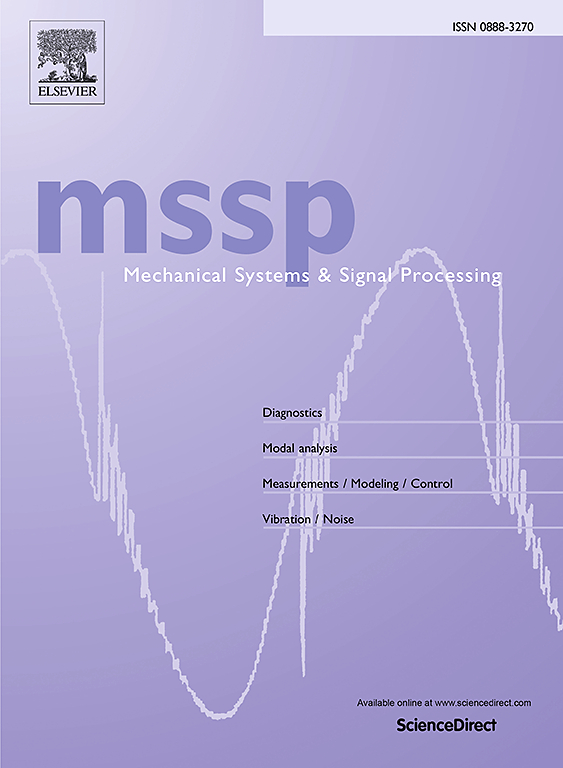Full-field detection of multi-band structural vibration mode shapes using undersampled video
IF 7.9
1区 工程技术
Q1 ENGINEERING, MECHANICAL
引用次数: 0
Abstract
Video-based vibration measurement technology has gained widespread recognition across various fields for its high accuracy and spatial resolution. However, the limitations of the Nyquist sampling theorem present challenges for high-frequency vibration measurements. While some studies have advanced using external triggering devices and specific excitation methods, these approaches remain limited to single-frequency or narrow-band vibration measurements. Here, an alias-free undersampling method is proposed for extracting multi-band vibration mode shapes from video. This method uses the natural frequencies of the structure as prior information, and combines band signal undersampling with numerical constraints to enable alias-free sampling of multi-band vibrations. Consequently, it allows the camera to capture video at an undersampled frame rate while preserving full information across multiple frequency bands. By applying the invariant mode shape criterion, the method reconstructs the spatial distribution of multi-band vibrations from the undersampled video, facilitating full-field detection of vibration mode shapes. Unlike existing methods, this approach enables multi-band vibration mode extraction when the natural frequencies are provided, without the need for an expensive high-speed camera or complex auxiliary measurement systems. Both numerical simulations and real-world experiments validate the effectiveness and reliability of this method.
求助全文
约1分钟内获得全文
求助全文
来源期刊

Mechanical Systems and Signal Processing
工程技术-工程:机械
CiteScore
14.80
自引率
13.10%
发文量
1183
审稿时长
5.4 months
期刊介绍:
Journal Name: Mechanical Systems and Signal Processing (MSSP)
Interdisciplinary Focus:
Mechanical, Aerospace, and Civil Engineering
Purpose:Reporting scientific advancements of the highest quality
Arising from new techniques in sensing, instrumentation, signal processing, modelling, and control of dynamic systems
 求助内容:
求助内容: 应助结果提醒方式:
应助结果提醒方式:


